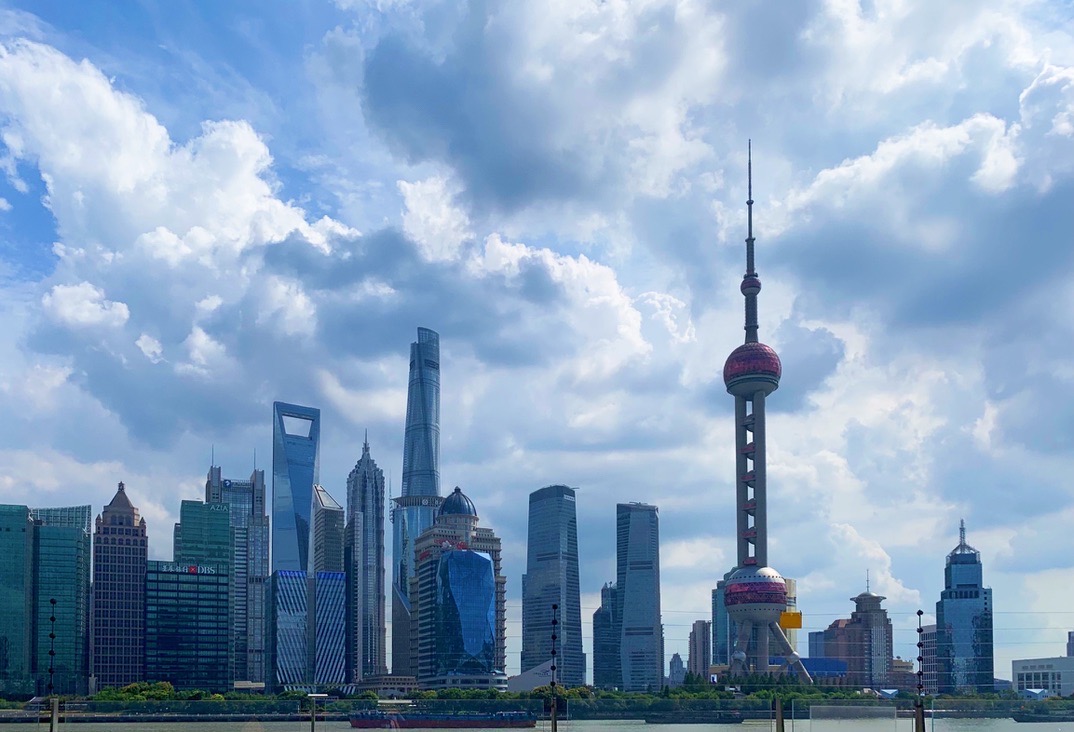On February 25, 2021, at the Shanghai Municipal Government Press Conference, Qiu Wenjin, Deputy Director of the Development and Reform Commission, introduced the latest “Shanghai Accelerates the Development of the New Energy Vehicle Industry Implementation Plan (2021-2025).” The plan pointed out that the following six important goals need to be achieved by 2025:
-
Leading the domestic new energy vehicle industry in terms of scale. The annual production of local new energy vehicles should exceed 1.2 million units, and the output value of new energy vehicles should exceed RMB 350 billion, accounting for more than 35% of the city’s automobile manufacturing industry output value.
-
Tackling key core technologies. Research and development and manufacturing of key components such as power batteries should reach an internationally leading level, and the core technologies of vehicle networking and intelligentization should make significant progress, forming a complete supply chain.
-
Accelerating the formation of a green transportation energy system. Pure electric vehicles should account for more than 50% of newly added personal vehicles. New energy vehicles should be fully used in public buses, taxis, government vehicles, central urban area freight vehicles, and postal vehicles, and new energy vehicles should account for more than 80% of government vehicles and sanitation vehicles of state-owned enterprises and institutions and more than 50% of online ride-hailing vehicles. The total number of fuel cell electric vehicles should exceed 10,000.
-
Significantly improving the application capability of networking and intelligentization. Intelligent vehicles with conditional autonomous driving should achieve large-scale production, and intelligent vehicles with high-level autonomous driving should achieve commercial application in limited areas and specific scenarios.
-
Continuously optimizing the supporting infrastructure. The level of charging and swapping technologies should be greatly improved, and the scale, operation quality, and service convenience of facilities should be significantly improved. More than 70 various hydrogen refueling stations should be built and put into use, achieving full coverage of key application areas.
-
Continuously improving the policy system. The new energy vehicle application, hydrogenation and charging, and related supervision systems and standards should be basically mature. The construction of standard systems related to intelligent vehicle testing, demonstration application, and commercial operation has made significant progress.
🔗 Source: Shanghai Municipal Government
This article is a translation by ChatGPT of a Chinese report from 42HOW. If you have any questions about it, please email bd@42how.com.
